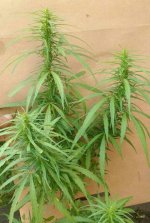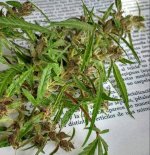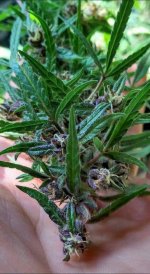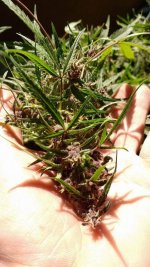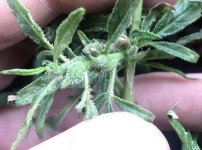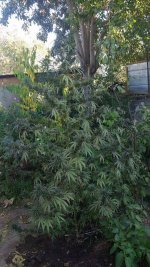Before the Europeans arrived in the Indian Ocean there was already a long standing sea based trade network that went back to at least 500 BC (the ancient Greeks wrote about it). It connected the east coast of Africa, the Persian Gulf, India, Southeast Asia and China. When the Portugese arrived on the Swahili Coast of Africa in the 1500s they found the wealthy locals eating off of Chinese porcelain and wearing silk. They had purchased these with the gold and ivory of the interior of Africa. Trade in that era required rope and sail. It would be logical that traders would want cannabis growing around the ports to repair and outfit ships. It is likely that cannabis was distributed throughout the entire Indian Ocean trade network this way. It wouldn't have been hemp because it doesn't perform well in the tropics. My guess is that it would have originally come from south India.My theory why Keralan, S African and Central American lines seem to be related to Thai/Se Asian is because these genetics arrived from Thailand/SE ASia to other areas (across the seas) aboard Trade Company ships (Dutch, Brits etc.)
The Indian Ocean trade network would have created an interrelated tropical gene pool that then would have been drawn upon when Europeans needed to grow cannabis in the tropical areas of the New World.


